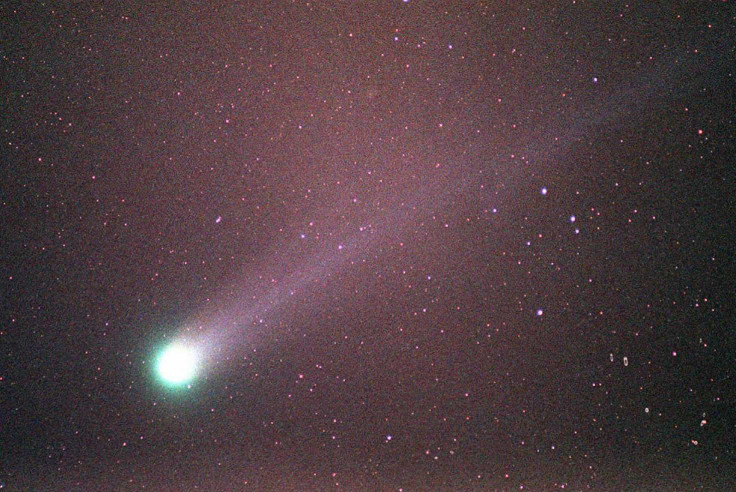You Too Can Discover Asteroids To Unlock The Secret Of The Solar System. Here's How
KEY POINTS
- Active asteroids have properties of both asteroids and comets
- They are small, dim and distant from the sun with faint signals of their activity
- These active asteroids are significantly difficult to find
Astronomers need your help. The task at hand is too big for even the most refined algorithms to handle. A hunt is on to find a particular category of asteroids that could potentially provide insights into the solar system's past.
A paper, published in the preprint database arXiv, laid down a citizen-driven science project to look for certain asteroids through the database of asteroids.
The database will be provided by Dark Energy Survey (DES) telescope as it will capture asteroid images. DES was initially not meant to capture asteroids, but its capabilities have enhanced its potential as the ideal asteroid hunter.
Once DES has done its job, you come in. Astronomers are seeking volunteers to scrutinize those images in the quest for the elusive active asteroids.
The process is simple- visit activeasteroids.net, go through a brief tutorial and that's it, you can start finding those asteroids in the images. Your answers will be then compared with other answers before they are sent to researchers.
Active asteroids have properties of both asteroids and comets. They have a mostly rocky composition like asteroids and possess a coma or even a tail similar to comets. A coma is a cloud that forms around a comet.
These active asteroids are difficult to find. So far, less than 30 active asteroids have been found by astronomers, with the first discovered in 1950 in the form of the asteroid (4015) Wilson-Harrington.
The active asteroids are not only small, dim and distant from the sun but also signals of their activity are very faint. Astronomers need more data to uncover their secrets and they hope involving citizen scientists will ease the process. People will go through catalogs of asteroid images and look for a discernible coma or tail while saving time.
One of the mysteries in planetary evolution is the reason behind the presence of water on Earth. Water could have been delivered to earth by comets but there may not have been many comets available at the time in the inner solar system.
One plausible explanation is that active asteroids were behind this delivery. Hence, studying these asteroids may help us solve this mystery.
Also, comets form comae and sometimes even tails when light elements present in them are sublimated from the surface in response to the heat from the Sun. Asteroids, in contrast, are big pieces of rock that came from the stillborn rocky planets. So, the question arises- how did the rocky active asteroids gain light elements that help them form comae or tails?
An answer to this and insight into the history of light elements when the solar system was formed may be found through the study of these active asteroids.

© Copyright IBTimes 2025. All rights reserved.





















